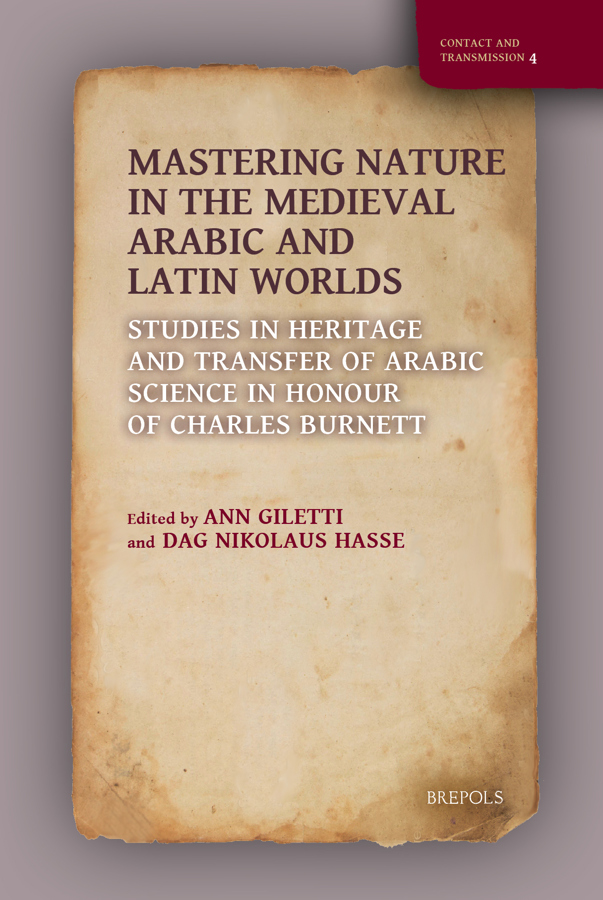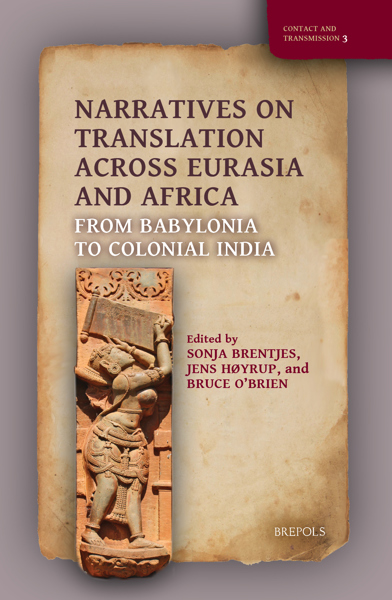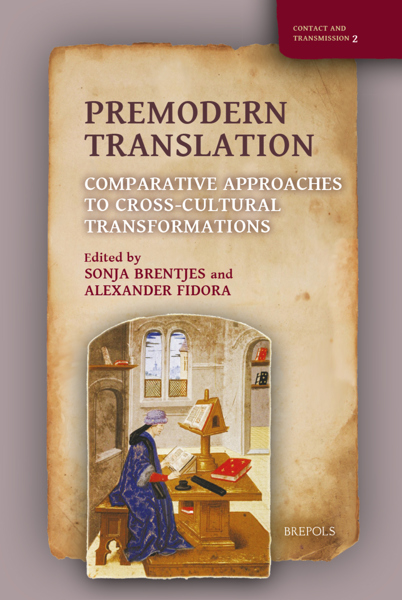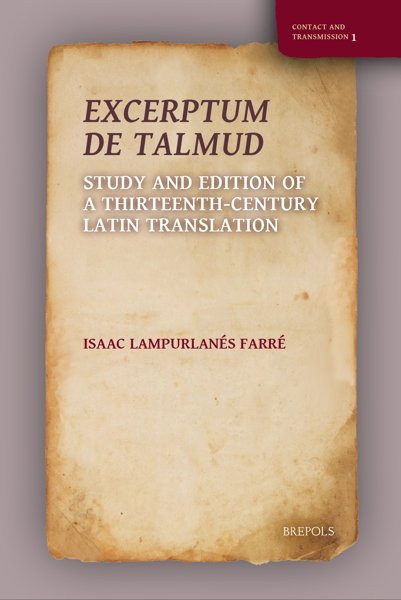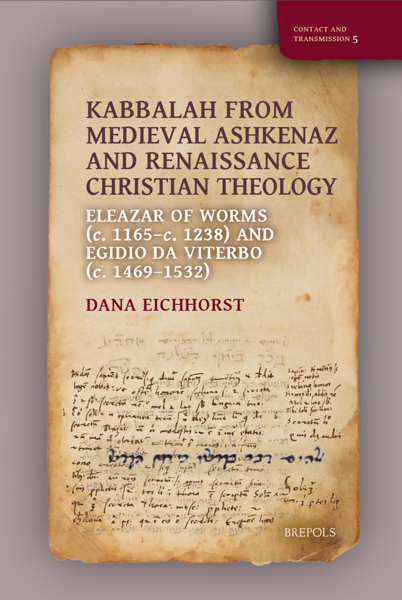
Mastering Nature in the Medieval Arabic and Latin Worlds
Studies in Heritage and Transfer of Arabic Science in Honour of Charles Burnett
Ann Giletti, Dag Nikolaus Hasse (eds)
- Pages: 292 p.
- Size:156 x 234 mm
- Illustrations:8 b/w, 9 col., 6 tables b/w.
- Language(s):English, Latin, Arabic
- Publication Year:2023
- € 100,00 EXCL. VAT RETAIL PRICE
- ISBN: 978-2-503-60448-0
- Hardback
- Temporarily Out of Stock
- € 100,00 EXCL. VAT RETAIL PRICE
- ISBN: 978-2-503-60449-7
- E-book
- Available
Brings together studies on medieval Arabic science and European engagement with it, with themes ranging from climate and geography to astrology and magic.
"This fantastic volume illustrates the collective endeavour of medieval Arabic scientific experts to discover and compile information about the natural world and their desire to master nature." (Emma E. Horne, in Ceræ, 11, 2024, p. 186)
"In Mastering Nature, Ann Giletti and Dag Hasse have created a worthy scholarly monument to one of the most influential historians of twelfth-century intellectual culture. Even in a field that has attracted some of the most towering scholars of the past century, Charles Burnett has stood out as one of the greats. The study of medieval translations, of magic in the Latin tradition, and of twelfth-century science, would all be unrecognizable today without his contributions, and the articles of the present volume testify to this broad range of Prof. Burnett’s work. (...) The volume is finely produced, with a generous selection of colored images. Giletti and Hasse deserve immense credit for producing a learned tribute that reflects the gratitude felt by all of those who have benefitted from Charles Burnett’s scholarship, guidance, and friendship." (John Mulhall, in The Medieval Review, October 2025)
Ann Giletti (Oxford, UK) is a medieval intellectual historian focusing on Latin reception of Aristotelian philosophy, science-religion conflicts and heresy, and philosophy in inter-faith dialogue.
Dag Nikolaus Hasse (Würzburg, Germany) is a historian of philosophy focusing on Arabic and Latin philosophy and science and the transmission of knowledge from Arabic to Latin circles.
Understanding and influencing nature were preeminent aims of medieval Arabic science, and attracted European fascination with its accomplishments. This volume draws together studies on central themes, presenting a world of enquiry into the earth and the heavens, and ways to harness this information for divination and the occult sciences. It gives examples of how Arabic science travelled to Latin Europe through texts and instruments, and how it underwent transformation there as diverse fields were put to use and reinterpreted. The studies introduce a range of learning and perspectives: astrology conducted with planetary lots; a geography where features of the earth's surface move over time; knowledge of the elements and climates which Adelard of Bath learned from Arab masters; Avicenna’s meteorology explaining the extremes of fire storms and catastrophic floods; debates about the eternity or creation of the world; evaluations of magic as a rational, intellectual discipline, or alternatively a danger needing censorship and linked to female witchcraft; and a precious astrolabe which in the Renaissance was reused and inspired new theoretical writings. Together these studies sketch a landscape of medieval Arabic science and Latin European engagement with this new frontier.
Introduction
Abū Maʿshar and the Tradition of Planetary Lots in Astrology —DORIAN GIESELER GREENBAUM
The Ikhwān al-Ṣafāʾ on the Ṣūrat al-Arḍ: A Geography in Motion— GODEFROID DE CALLATAŸ
Adelard of Bath on Climates and the Elements: An Adaptive View on Nature — PEDRO-MANTAS ESPAÑA
Avicenna’s On Floods (De diluviis) in Latin Translation: Critical Edition with an English Translation of the Arabic — DAG NIKOLAUS HASSE
Latin Scholastics on the Eternity of the World and Eternal Creation on the Part of the Creature: Did They Amount to the Same Thing? — ANN GILETTI
Whitewash for ‘Black Magic’: Justifications and Arguments in Favour of Magic in the Latin Picatrix — DAVID PORRECA
Censorship, maleficia, and the Medieval Readers of the Liber vaccae — SOPHIE PAGE
The Transmission of Materialized Knowledge: A Medieval Saphea with Islamic Projections, Re-engraved in the Renaissance — KOENRAD VAN CLEEMPOEL
Bibliography of Works by Charles S. F. Burnett
Index

